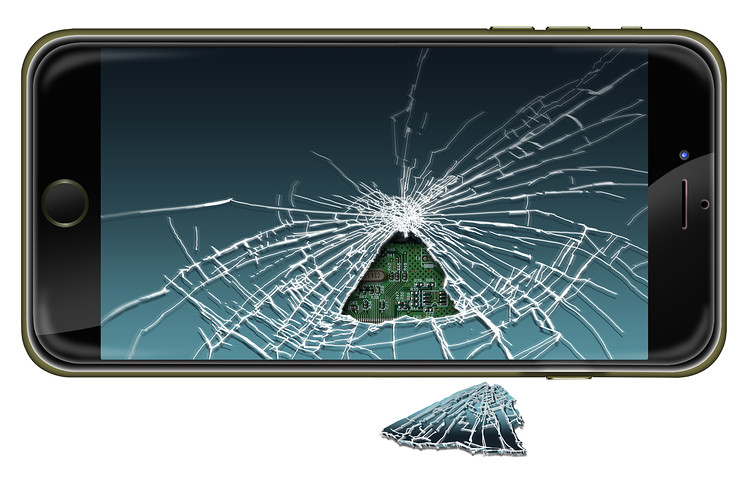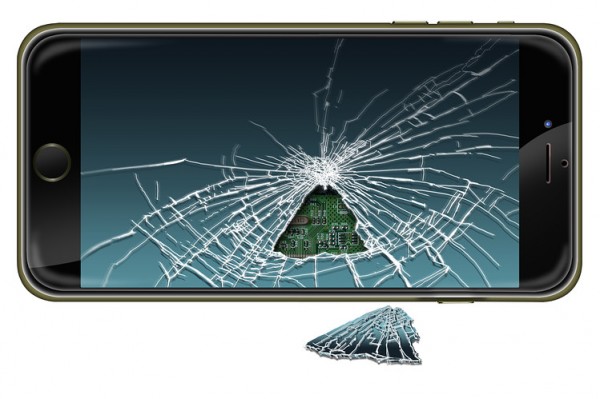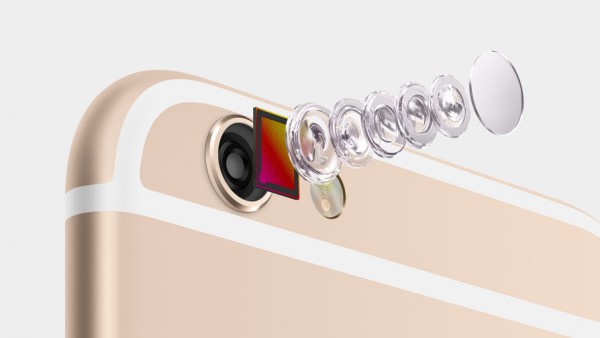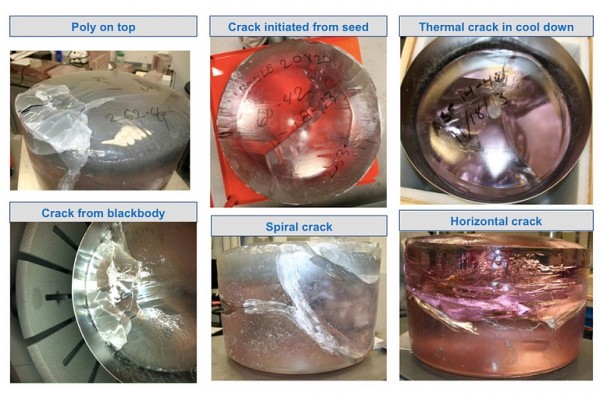The iPhone 6 and iPhone 6 Plus were supposed to pack sapphire glass displays. That’s pretty much a fact, but one that eventually did not happen due to a rare – and bizarre – misstep from Apple that ultimately cost the company $1 billion and potentially more in lost revenue of what should have been the first consumer-level smartphone with a sapphire glass display.
As detailed in the Wall Street Journal’s remarkable behind-the-scenes story, Apple invested a huge amount of money on a little-known sapphire manufacturing company with no track record of large-scale production of what is one of the hardest materials in the world – a move that eventually resulted in a spectacular fallout that involved in the manufacturing company, GT Advanced Technologies Inc, to file for bankruptcy – and no sapphire glass displays on the new iPhone.

The original idea seemed fantastic: the alliance would see the two companies opening a synthetic sapphire manufacturing plant in Arizona that would produce 30 times more sapphire than any current plant in the world currently can. After all, Apple already consumes 25% of the world’s supply of sapphire to be equipped in the iPhone’s camera lens and Touch ID home button; the company is going to need more – a lot more – sapphire if it were to use this material as the iPhone’s display.
In hindsight, the deal seemed like one that smells a little of desperation on Apple’s part. For it to drop a huge sum of money on a relatively unknown company with no proven track record is a huge gamble, to say the least. It didn’t help either that Apple were intent on making this deal one that meant GT Advanced Technology was selling synthetic sapphire at frustratingly low profit margins.
With a sudden influx of cash on hand (and a looming pressure to perform), GT expanded breakneck speed…but with no proper management of the new labour. What’s worse, GT seemed incapable of finding the correct formula to successfully synthesise sapphire in large amounts, leading to plenty of unusable sapphire boules that cracked easily.
This lethal combination led to serious cash flow issues for GT, resulting in the company filing for bankruptcy in a deal that was meant to generate consistent revenues. For Apple, it meant that the headline feature of the new iPhone will have to be delayed indefinitely. No wonder one company blames the other over this debacle.
For the full story, head on to the WSJ piece here.
(Featured Image: Ray Bartkus)
Follow us on Instagram, Facebook, Twitter or Telegram for more updates and breaking news.






